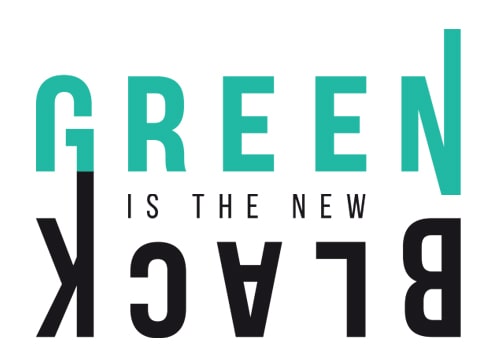[vc_row][vc_column][vc_empty_space height=”100px”][vc_column_text css=”.vc_custom_1555065489026{padding-right: 180px !important;padding-left: 180px !important;}” el_class=”salt-content”]
Green is the New Black and Dentsu Singapore create “Plastic Salt” for World Earth Day.
[/vc_column_text][vc_empty_space height=”50px”][vc_column_text][galleryone][/vc_column_text][vc_empty_space height=”50px”][vc_column_text css=”.vc_custom_1555470291430{padding-right: 180px !important;padding-left: 180px !important;}” el_class=”salt-content”]
90% of the world’s salt contains microplastic
Hopefully, this isn’t news to you, but we have a global plastic pollution crisis. That means 12 million metric tons of plastic enter our oceans every year. This is expected to double in the next 10 years. In South East Asia 5 nations are creating more plastic ocean waste than the rest of the world combined.
Indonesia’s plastic problem is a state emergency. Thailand has closed public access to islands and beaches. In the Philippines, whales are dying with stomachs 40kg full of plastic. It’s “real” for us in South East Asia as we see this pollution first hand, it’s not a case of turning off the TV. It’s everywhere we go. We are literally drowning in plastic waste.
The thing is, we’re not just drowning in plastic, we’re eating it. Plastic is in our digestive systems. This is unsurprising when Greenpeace East Asia found microplastics in 90 per cent of the table salt brands sampled worldwide. They also shared that the average adult could ingest approximately 2,000 microplastics each year through salt alone.
We know microplastics harm marine life, but what about us?
Currently, the health impact of microplastics in the human diet is unknown. Along with these plastics come their processing chemicals, which have been linked to brain damage, weight gain and cancer. Scientists currently do not know whether human bodies are absorbing these new additions to our food chain or if they are just “passing through”. What we do know, is that there is a lot more we need to know. To that aim, Green is the New Black & Dentsu Singapore produced the film; Plastic Salt for World Earth Day (April 22). Through the simple motif of a salt grinder, we visualized the microplastic pollution crisis. Using recycled plastic, we 3-d printed miniature common plastic objects to look like salt then filmed the consumer reaction. We need people to be aware that microplastic pollution is a “real” problem. It’s not just harming our environment but it’s actually in us, and something we cannot physically ignore.[/vc_column_text][vc_empty_space height=”20px”][vc_video link=”https://www.facebook.com/greenisthenewblackcom/videos/445718309304895/” el_width=”70″ align=”center” el_class=”hidden”][vc_empty_space height=”20px”][vc_column_text css=”.vc_custom_1555909591898{padding-right: 180px !important;padding-left: 180px !important;}” el_id=”salt-content1″ el_class=”salt-content”]Microplastics are a complex issue and can’t be solved overnight. When you “throw away” plastic it doesn’t disappear. Best case scenario it is recycled into new items. Unfortunately, 91% of plastic isn’t recycled and can end up in our digestive system as microplastic.
What you can do is take these #LittleGreenSteps to reduce, reuse and recycle single-use plastic everyday.
1. Say NO to single-use plastic straws, bags, cutlery – in general, if it’s plastic, think twice!
2. Avoid buying food with excessive plastic packaging and bring reusable bags with you.
3. Use a reusable coffee cup and water bottle.
4. Avoid cosmetic products with microbeads.
5. Advocate for a zero single-use plastic policy or help to implement solutions to reduce plastic waste for your company.
6. Vote for people in power who can make change happen.
7. Share our film Plastic Salt to raise awareness.
Together we need to educate more people and fast.
[/vc_column_text][vc_empty_space height=”100px”][/vc_column][/vc_row]

